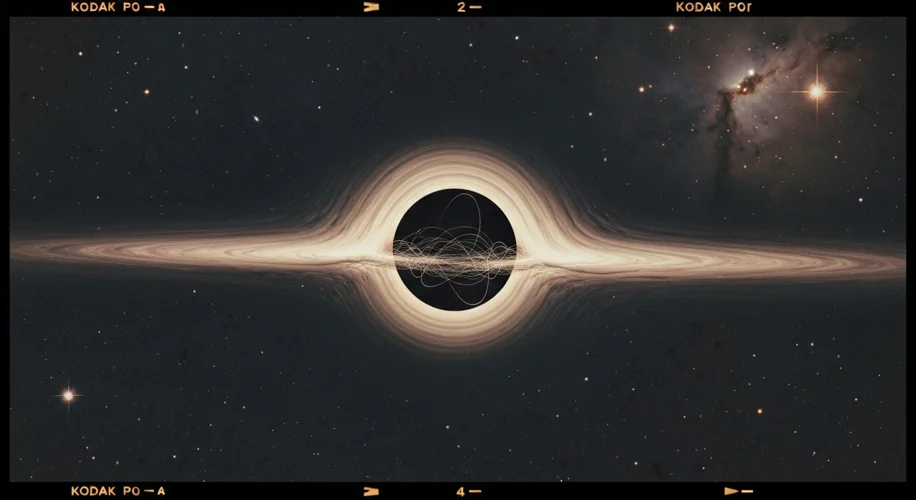When we think about black holes, we often imagine these enigmatic cosmic vacuum cleaners, devouring everything that comes too close. But as a scientist who spends a lot of time thinking about complex systems, from atmospheric patterns to the intricate workings of our planet, I find myself drawn to the fundamental questions about these objects. One of the most intriguing concepts in astrophysics is the ‘no-hair theorem.’
So, what’s the deal with this ‘hair’? It’s not about black holes sporting stylish wigs. Instead, it’s a metaphor, coined by physicist John Wheeler, that suggests a black hole, once it settles down, can be completely described by just three properties: its mass, its electric charge, and its angular momentum (how fast it’s spinning). Think of it like this: no matter what fell into the black hole – a star, a planet, a spaceship – all that complexity would be smoothed away, leaving behind only these three basic characteristics. It’s like everything else, all the ‘details’ or ‘hair,’ is lost.
This idea, the no-hair theorem, is a cornerstone of our understanding of black holes, derived from Albert Einstein’s theory of general relativity. It implies a profound simplicity at the heart of these extreme objects. But in science, especially in fields as vast and mysterious as astrophysics, simplicity often leads to deeper questions. Are things really that straightforward?
Recently, there’s been a buzz in the scientific community about findings that might challenge this long-held ‘hairless’ view. Observational data, particularly from powerful telescopes like the Event Horizon Telescope (which gave us our first direct images of a black hole’s shadow), are providing unprecedented detail about the environments around these celestial bodies. While these observations don’t directly ‘see’ the hair, they can reveal subtle effects that might hint at more complexity than the no-hair theorem predicts.
For instance, scientists are studying the way matter behaves as it orbits a black hole, forming what’s called an accretion disk. The intricate patterns and emissions from these disks can carry information about the black hole itself and its surroundings. Some research suggests that the magnetic fields and the specific way matter falls into a black hole could leave subtle imprints, a kind of ‘memory’ of what the black hole has consumed or encountered. This is where the idea of a black hole not being completely bald starts to emerge.
Imagine it like a complex climate model. We use fundamental physics to describe how the atmosphere works, but the real world is messy. Small variations, feedback loops, and historical events all play a role in the current state. Could black holes, in a similar way, retain echoes of their formation or subsequent interactions? Perhaps the ‘hair’ isn’t visible in the way we imagine, but rather encoded in the subtle properties of the spacetime around them or the radiation they emit.
This isn’t to say the no-hair theorem is wrong. It’s a powerful theoretical tool. But science is an ongoing process of refinement and discovery. New data, new technologies, and new theoretical insights constantly push the boundaries of our knowledge. The ongoing study of black holes, exploring phenomena like gravitational waves and extreme astrophysical events, is akin to my own work trying to untangle the complexities of Earth’s climate system. Both involve looking at immense, often invisible forces and trying to piece together a coherent picture of how the universe, or our planet, truly works.
The possibility that black holes might have more characteristics than we initially thought is incredibly exciting. It means there’s still so much more to learn and discover about the universe’s most extreme objects. It’s a reminder that even in the darkest, most mysterious corners of the cosmos, there are still secrets waiting to be uncovered.

